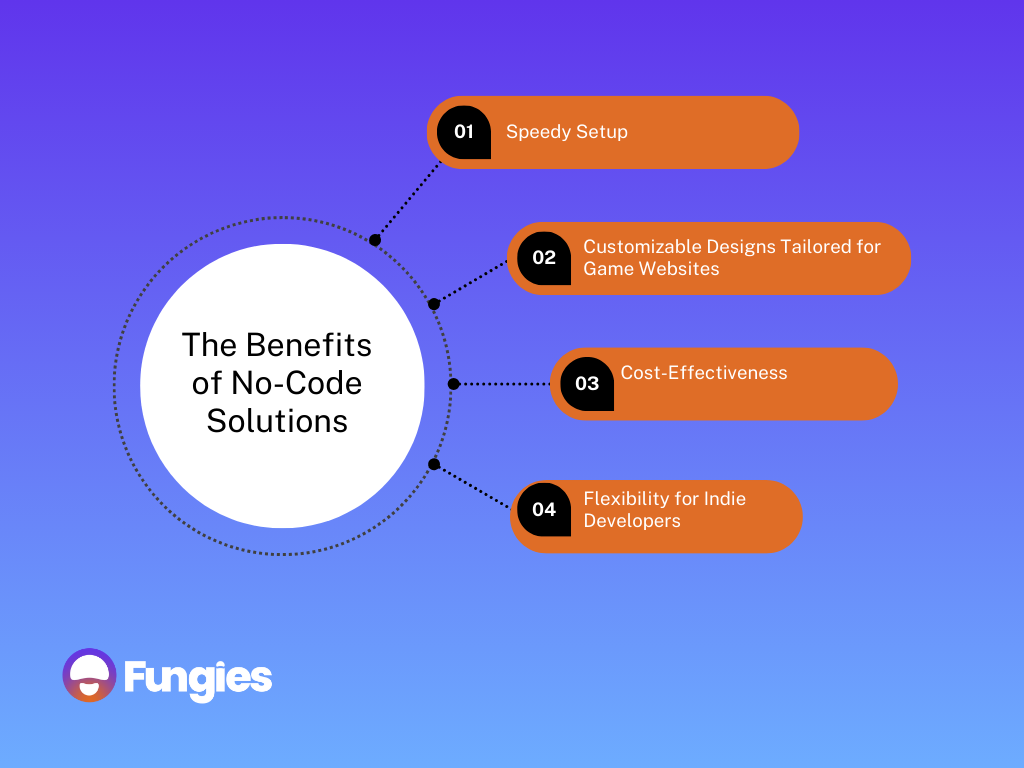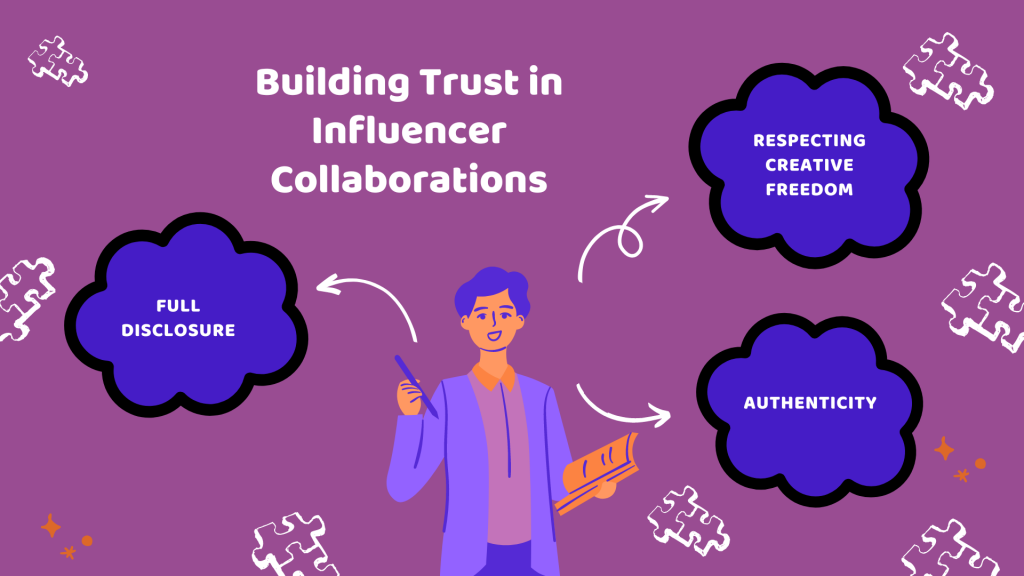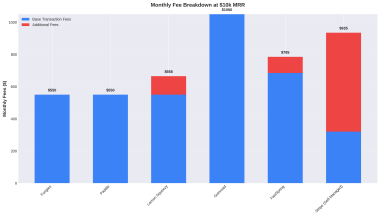Developing and publishing a game can be expensive, making budgeting and cost-effective strategies essential. Being cost-effective doesn’t mean cutting corners—it means smartly allocating resources to create a quality product without unnecessary expenditures. Cost-effective publishing is a way for even the smallest players to enter the gaming landscape.
Introduction to Cost-Effective Publishing
Publishing a game without drowning in expenses might seem like a pipe dream to many indie developers. However, with meticulous planning, informed decisions, and strategic execution, this dream can be transformed into reality. Here we’ll explore a myriad of strategies to publish your game without sacrificing your vision or financial stability.
The Importance of Budgeting in Game Development
In the realm of game development, budgeting is the beacon guiding developers through the intricate paths of creation and distribution. Allocating resources wisely ensures the smooth navigation through different development phases without compromising quality. Proper budgeting acts as a preventive measure against unnecessary expenditures and aids in maintaining financial balance, thus making sure that ambitious ideas do not lead to financial pitfalls.
Setting Realistic Goals and Expectations
Anchor your game development process in reality. Establishing feasible goals and expectations is crucial in avoiding overcommitments and underdeliveries. Clearly outlined objectives, scoped to available resources, allow for focused development and reduce the risks of overextension. Acknowledging limitations and focusing on achievable targets ensure that the pursuit of innovation does not jeopardize the project’s viability.
Economic Use of Time and Resources

Time is currency in game development. Efficient utilization of time and resources is pivotal in minimizing development costs and maximizing output. Implementing agile methodologies and maintaining disciplined schedules can help in optimizing productivity and keeping the development on track. Being economical with resources and time not only accelerates the development cycle but also ensures that the allocated budget is spent wisely, focusing on priority areas that contribute most to the game’s success.
Risk Management and Contingency Planning
The development terrain is fraught with unforeseen challenges and hurdles. Developing robust risk management strategies and having contingency plans in place is essential for navigating through uncertainties without derailing the project. Identifying potential risks early, assessing their impact, and preparing adequate response strategies can mitigate adverse effects and keep the project’s momentum intact. This proactive approach to uncertainties safeguards the project against unexpected setbacks and ensures a smoother development journey.
Embarking on the game development journey with a cost-effective mindset requires a blend of pragmatism, foresight, and disciplined execution. By adhering to a well-structured budget, setting attainable goals, optimizing the use of time and resources, and preparing for the unforeseen, indie developers can navigate through the intricate development landscape with minimized financial strain. This foundational understanding and approach set the stage for exploring deeper into the strategic facets of cost-effective game publishing.
Cost-Effective Development Strategies

Leveraging Open Source Tools
Utilizing open-source tools is an optimal approach for indie developers operating on tight budgets. These resources offer comprehensive functionalities and robust community support without the high costs of premium software. With a myriad of available options, developers can access tools tailored to various development aspects, such as graphics, audio, and coding, enabling the creation of polished and captivating games without straining finances. This approach not only ensures cost-effectiveness but also fosters learning and skills enhancement through community interactions and shared knowledge.
Crowdfunding and Community Support

Crowdfunding platforms like Kickstarter have revolutionized game financing by allowing developers to present their concepts directly to potential players. This strategy validates game ideas and secures essential funding by leveraging the power of community backing. Developers can harness these platforms to generate buzz around their projects, enabling early engagement with prospective players who can provide invaluable feedback and insights throughout the development phase. Successfully navigating crowdfunding requires transparent communication, regular updates, and a clear demonstration of game value to attract backers and sustain their interest.
Outsourcing: Harnessing Global Talent Pool
Outsourcing is a strategic approach to augmenting development capabilities by leveraging the global talent pool. This method allows developers to delegate specific tasks or components to external specialists, acquiring high-quality deliverables without the obligations and overheads of in-house staffing. By meticulously selecting and managing outsourcing partners, developers can optimize costs, expedite timelines, and enhance overall game quality. The key to successful outsourcing lies in clear communication, precise requirements definition, and vigilant quality assurance to ensure alignment with the project’s vision and standards.
Opting for No-Code/Low-Code Solutions

The adoption of no-code/low-code platforms is a groundbreaking strategy for efficient game development, especially for those with limited technical knowledge or resources. These innovative solutions simplify the development process by minimizing technical complexities, enabling developers to focus on creative expression and game design. Through intuitive interfaces and drag-and-drop functionalities, developers can swiftly prototype, iterate, and deploy games, significantly reducing development times and resource requirements. This approach democratizes game development, allowing more creators to bring their visions to life without extensive technical knowledge or substantial investments.
Budget-Friendly Publishing Approaches
Choosing Affordable Publishing Platforms
Identifying and leveraging the most suitable and affordable publishing platforms is pivotal for maximizing game visibility and profitability. An in-depth analysis of various platforms’ user demographics, reach, features, and fee structures is essential to aligning with the game’s target audience and budgetary constraints. By strategically selecting platforms that offer the best conditions and audience match, developers can optimize exposure and revenue streams while maintaining cost efficiency. Additionally, considering platforms that support early access or beta testing can provide early feedback and refinements before the full launch, ensuring a more polished and well-received final product.
Freemium Publishing Models
Adopting a freemium publishing model is a viable approach to acquiring a diverse and expansive player base without initial price barriers. This model allows users to experience the game for free while generating revenue through in-game purchases and advertisements. Developers need to meticulously balance the freemium elements to maintain player engagement and incentivize spending without compromising the gameplay experience. Incorporating enticing and value-adding purchasable content, coupled with unobtrusive advertising, can sustain player interest and encourage monetary contributions, fostering a healthy and profitable game ecosystem.
Self-Publishing versus Traditional Publishing
Understanding the distinctions, advantages, and drawbacks of self-publishing and traditional publishing is critical for making informed decisions aligned with the project’s goals and resources. While self-publishing grants greater creative control, higher revenue shares, and direct audience engagement, it necessitates substantial effort and expertise in marketing, distribution, and user support. In contrast, partnering with established publishers can alleviate developmental burdens, provide access to broader audiences and professional resources but may involve relinquishments of creative autonomy and profit percentages. Weighing these factors carefully will guide developers in choosing the path that best serves their aspirations, capacities, and project needs.
In conclusion, by implementing these nuanced strategies in development and publishing, indie game developers can effectively navigate the intricate landscapes of game creation and distribution. By being astute and resourceful, leveraging available tools, platforms, and collaborative opportunities, developers can bring their creative concepts to fruition and to the gaming community, without compromising quality or financial stability. This synergy of innovation, strategic planning, and community engagement paves the way for diverse, enriching gaming experiences and the continual evolution of the gaming industry.
Marketing on a Shoestring Budget
Utilizing Social Media to Its Fullest

For indie game developers, social media is a treasure trove, a tool to amplify their presence and interact directly with their audience. By actively engaging in conversations, sharing insights about the game’s development process, and responding to feedback, developers can foster a community of dedicated followers. Regular updates and teasers can generate anticipation and keep the audience hooked. The key is consistent engagement and authentic interactions, which can significantly amplify online presence and attract potential players, all without breaking the bank.
Collaborations and Cross-Promotions
Strategic collaborations can significantly extend a game’s reach. By engaging in mutually beneficial partnerships with other developers or related brands, indie game developers can share audiences, marketing resources, and maybe even development insights.
Cross-promotions can offer exposure to diverse user bases and foster community growth and engagement. The key is to identify compatible partners whose products or services align with the game’s theme or audience, creating synergy and shared value.
Influencer Partnerships: A Win-Win

In the era of digital media, influencers hold substantial sway over audience preferences and perceptions. Establishing partnerships with influencers can provide a game with extensive exposure and a stamp of credibility. By offering exclusive access or unique content to influencers, developers can tap into their extensive follower bases, potentially attracting and converting numerous fans. A meticulously chosen influencer, whose content and audience align with the game’s genre and theme, can act as a powerful catalyst, driving the game’s popularity and player base.
Grassroots Community Building
Community is the backbone of any successful game. Nurturing a supportive and engaged community from the ground up can lead to a dedicated player base, word-of-mouth referrals, and constructive feedback. Active participation in forums, prompt response to inquiries and concerns, and regular updates can foster a sense of belonging among players. Establishing a vibrant, inclusive, and responsive community can fortify a game’s reputation and longevity, acting as a continuous source of support, feedback, and advocacy.
Monetization and Sustainability
Selecting the Right Monetization Strategy
Identifying and implementing an optimal monetization strategy is critical for long-term success. A well-thought-out approach, aligning with player expectations and game dynamics, can ensure stable and consistent revenue streams. Various models exist, from ads to in-app purchases, to subscriptions; selecting the right mix can enhance user experience and maximize profits. Regularly assessing player behavior and preferences can help in refining monetization strategies to keep them relevant and player-friendly, securing sustained revenue and growth.
Keeping Operational Costs Low
Operational efficiency is the linchpin of sustainability. Regular audits and optimizations of resource utilization, streamlined processes, and cost-effective solutions can maintain a game’s competitiveness and profitability. Keeping overheads low, while maintaining quality and performance, can be a delicate balancing act but is crucial for the longevity and success of the game. Implementing automation, optimizing workflows, and regularly revisiting operational strategies can contribute to maintaining a lean and efficient operation, paving the way for sustained success.
Ongoing Game Development and Updates
Keeping the game fresh and engaging is paramount for retaining players. Regular updates, feature additions, and enhancements based on user feedback can keep the existing player base engaged and attract new players. Iterative development and improvement, aligned with user expectations and industry trends, can ensure the game remains relevant and continues to offer compelling experiences. This ongoing commitment to refinement and evolution can bolster the game’s standing in the market and ensure its sustained appeal and success.
Post-Publishing
Measuring Success on a Budget
After the game’s release, assessing its performance and impact is crucial for future strategies and refinements. Employing cost-effective analytics tools and methodologies can offer insights into user behavior, engagement levels, and areas for improvement. Regularly analyzing key performance indicators and user feedback can guide subsequent development phases, marketing strategies, and monetization tweaks, ensuring the game’s continual alignment with player needs and market dynamics.
Continuous Learning and Iteration
In the ever-evolving gaming landscape, staying abreast of trends, technologies, and user preferences is crucial. By embracing a mindset of continual learning and adaptation, developers can refine their games, strategies, and operations to meet the shifting demands of the market. This commitment to ongoing improvement and responsiveness to feedback and industry developments can ensure the game’s resilience and relevance in a competitive environment.
Final Thoughts on Cost-Effective Publishing

In the intricate dance of game development and publishing, maintaining a balance between innovation, quality, and cost is vital. With thoughtful strategies, diligent execution, and a commitment to continuous improvement, indie developers can bring their visions to life, offering enriching experiences to gamers worldwide, all while keeping the purse strings in check.
The journey may pose challenges and require sacrifices, but the joy of seeing one’s creation come to life and resonate with players is unparalleled. So, to all the visionary creators out there, embrace the journey, learn continually, and keep pushing boundaries. Your creations have the potential to redefine gaming landscapes and offer unforgettable experiences to players around the globe. Keep dreaming, keep creating!






